Last Updated: July 3, 2025
No Place to Play: The Quiet Erasure of Trans Women in Sports
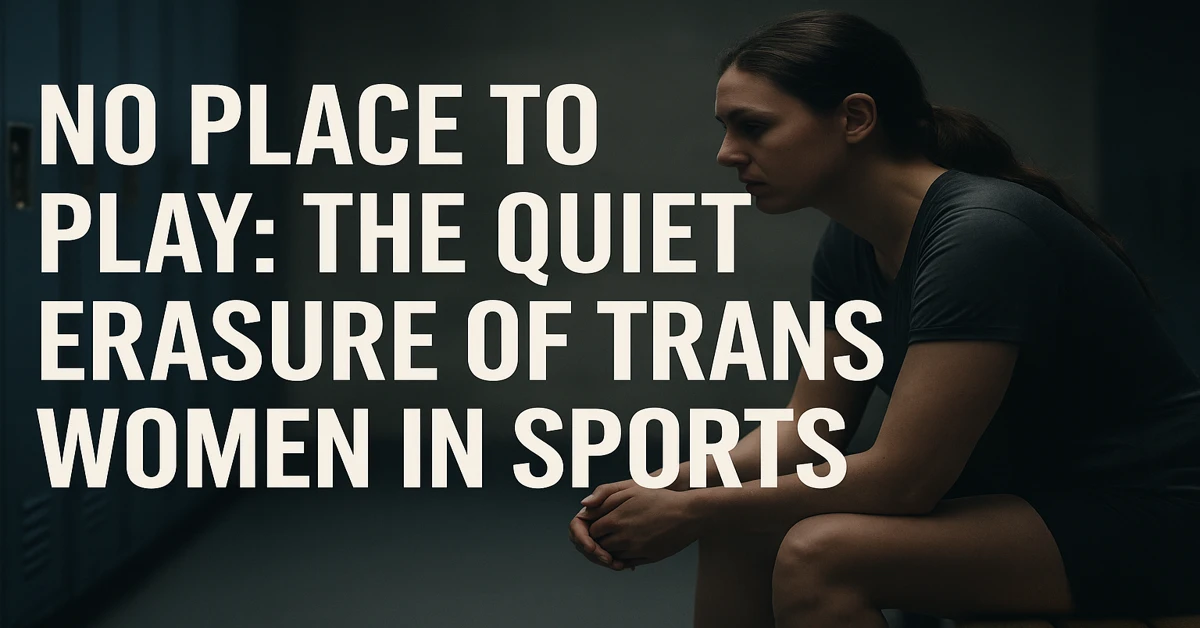
In locker rooms, swimming lanes, and soccer fields across the world, a silent upheaval is underway. As policymakers and athletic organizations redraw the boundaries of who qualifies as a woman in competitive sport, one group is finding itself pushed out: transgender women. What began as a niche debate is now reshaping the global structure of women’s athletics, from school competitions to the Olympic Games.
The Global Shift: From Inclusion to Exclusion
In the United States, former President Trump’s Executive Order 14201 in early 2025 mandated that all federally funded sports programs define “sex” strictly by biological assignment at birth. This effectively barred trans women from competing in women’s divisions nationwide. Soon after, the NCAA followed suit, and universities that resisted—including the University of Pennsylvania—were pressured into compliance, even stripping swimmer Lia Thomas of her titles and records.
Across the Atlantic, the United Kingdom’s Football Association banned trans women from female football as of June 2025, citing a Supreme Court decision affirming that legal recognition of “woman” does not override biological sex in the realm of sports. Similar decisions followed in cricket, cycling, rowing, and netball.
Behind the Policy: A Battle of Definitions
At the core of the controversy lies a fundamental question: What does it mean to be a woman in sport? Advocates of exclusion argue that biological differences—such as testosterone exposure during male puberty—confer an unfair advantage, even after hormone therapy. Supporters of inclusion, meanwhile, emphasize that trans women face their own disadvantages: stigma, delayed access to training, and the psychological toll of exclusion.
“It’s not about dominating,” says Dr. Joanna Harper, a medical physicist and advisor to the International Olympic Committee. “It’s about whether trans women and cis women can compete meaningfully. And we still don’t have all the science we need to answer that with certainty.”
The Cost: Careers and Mental Health
While headlines focus on podiums and policies, the personal cost often goes unnoticed. Many trans athletes—especially young ones—now find themselves without a viable path to compete. In states like Florida and Texas, high school girls who come out as transgender are not only removed from girls’ teams, but are often denied participation entirely.
“I trained for years. Transitioning didn’t make me faster—it just let me live,” says a 17-year-old track athlete from Georgia who asked to remain anonymous. “Now, I’m benched for being myself.”
Mental health professionals warn of growing emotional fallout. According to a recent study published in JAMA Pediatrics, transgender youth who lose access to affirming spaces like sports teams face significantly increased rates of depression and suicidal ideation.
Is There a Middle Ground?
Some have proposed an “open category,” where all genders can compete without restriction, while preserving a biological-female-only category for women. Others suggest sport-specific rules, allowing flexibility based on the physical demands of each sport. However, logistical challenges and small trans athlete populations make implementation complex.
For now, most trans women are left with a grim reality: compete in the men’s division—often after years of hormone therapy and physical transition—or not compete at all.
What the Future Holds
With the International Olympic Committee revisiting its framework and national bodies following diverging paths, the future of trans inclusion in sports remains uncertain. But what’s clear is that for many trans women, the door to the field, the court, and the podium is closing—quietly, but firmly.
As the global conversation continues, one question echoes louder than the rest: In the race for fairness, are we leaving behind the very people who most need a place to belong?
You May Also Like:
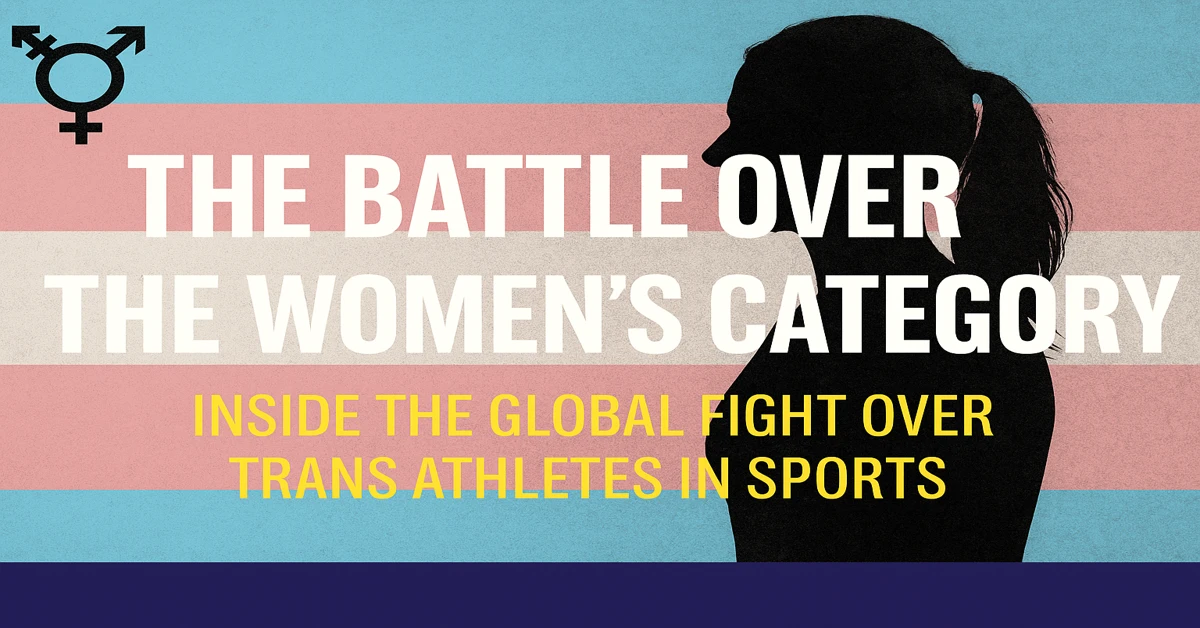
The Battle Over the Women’s Category: Inside the Global Fight Over Trans Athletes in Sports...

Biological Sex Testing & Trans Athlete Ban: How Women’s Sports Policies Are Rapidly Changing in 20...

Surprising Sports Where Women Outperform Men: Breaking Stereotypes with Stats...

The Billion-Dollar Boom: Why Women’s Sports Are Now a Marketing Goldmine...
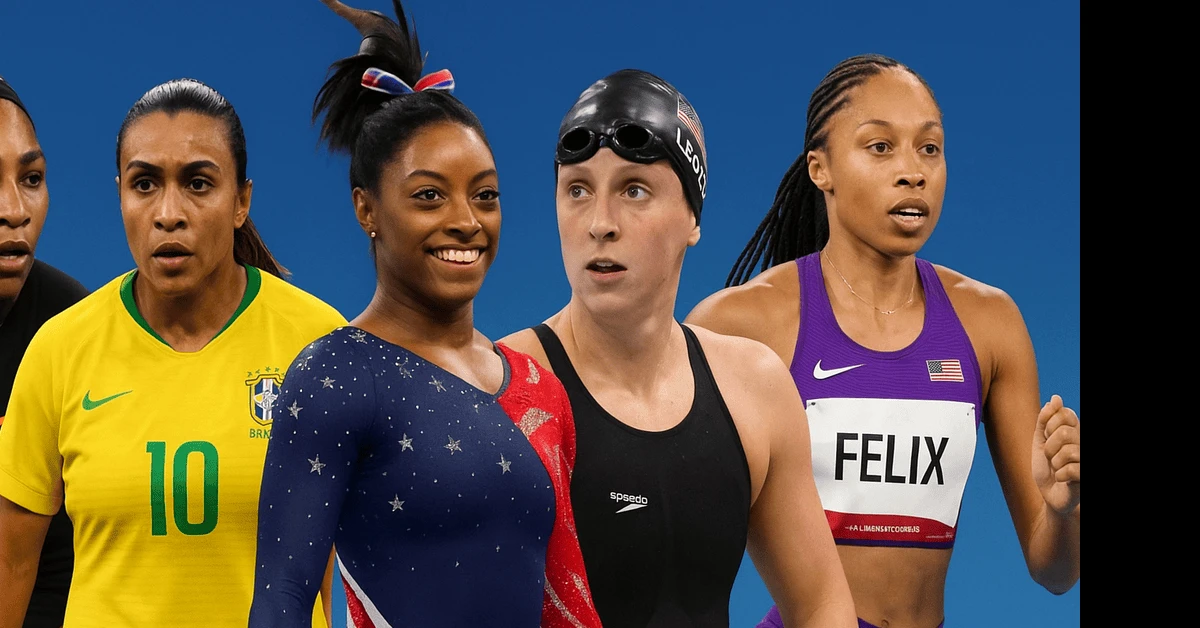
The Ultimate GOAT List in Women’s Sports...
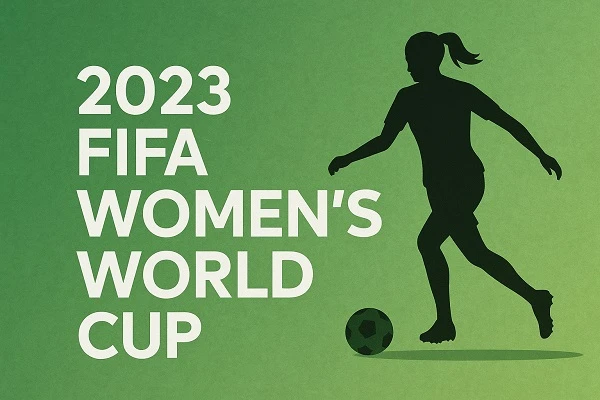
The 2025 FIFA Women’s World Cup: A Historic Leap in the Legacy of Women’s Soccer...
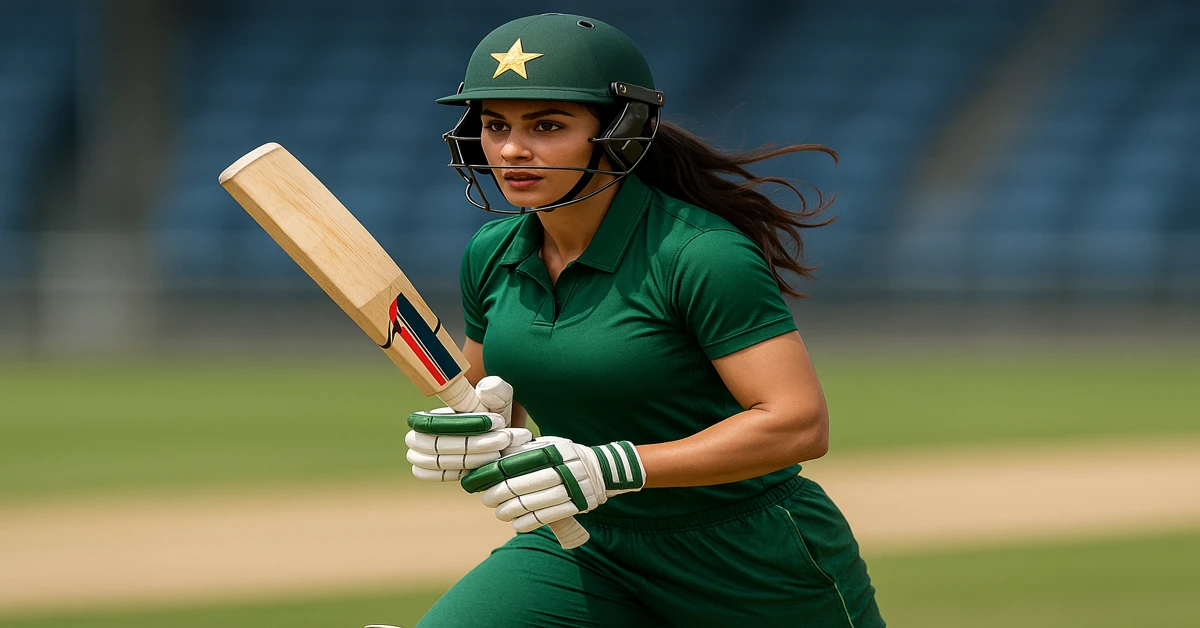
PCB’s 2025-26 Women’s Cricket Calendar: A Game-Changing Move for Pakistan Women’s Cricket...

